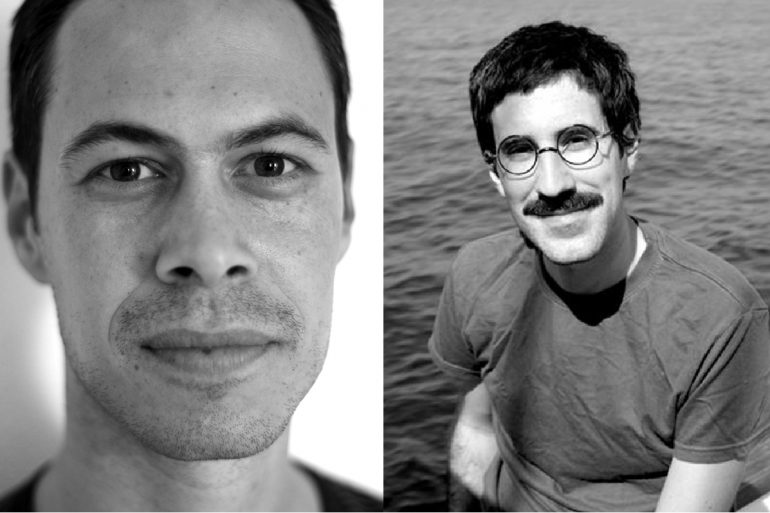Forensic Oceanography is a project of Lorenzo Pezzani (Trento, Italy, 1982) and Charles Heller (New Haven, USA, 1981) that critically examines the militarized border regime in the Mediterranean, analyzing the spatial and aesthetic conditions that have provoked more than 16,5000 deaths recorded at European maritime borders in the last twenty years. Combining testimonies of violations of human rights with digital technologies such as satellite imagery, ship location data, geospatial mapping and drift models, FO works to stimulate a debate on the policy of image production in the age of surveillance. Together with a vast network of NGOs, scientists, journalists and activist groups, since 2011 FO has produced a variety of maps, video animations, visualizations, reports on human rights and web sites in an effort to document the violence perpetrated against migrants at sea and call into question the regime of visibility imposed by the surveillance tools in this contested area.
Liquid Violence, 2018
Video installation
Since 2011, Forensic Oceanography has been conducting analytical research on spatial and aesthetic factors that have transformed the Mediterranean Sea into a militarized border area where countless migrants have lost their lives. Liquid Violence brings together four different lines of research conducted over the years: the first, Liquid Traces (2014), describes the route of a boat abandoned at sea in 2011 during NATO’s military intervention in Libya; Death by Rescue (2016) reconstructs the lethal effects of the decisions taken by Italy and the European Union to limit search and rescue missions at sea, and Mare Clausum (2018) investigates the two-fold strategy of closing off the sea currently adopted by the Italian government, which, on the one hand, criminalizes NGO rescue actions and, on the other, supports actions by Libyan authorities to prevent and intercept the departure of migrants. Lastly, The Crime of Rescue (2018) offers a counter-investigation of the seizure of the Iuventa, an NGO rescue ship. Each of these projects seeks to analyze and contextualize a specific form of violence perpetrated in a border zone and to trace the political anatomy of the various, ever-changing border control systems and (lack of) rescue at sea, taking into consideration the dramatic consequences of these practices on the lives of migrants.

